
The sensory world unfolds like a universe in front of us all. In the eyes of the philosopher Henri Bergson, the senses evoke subtle feelings as the human body is exposed in a naked state to the cosmos. These interwoven colors, sounds, scents, and tactile sensations flourish as the five senses awaken, being no stranger to ever-changing illusions. Born from vacuum, they, in turn, shape the vast universe perceived by us—a wondrous realm filled with dancing light and shadow. Sensation is a doorway to various dimensions of perception—not only color, sound, scent, and touch, but also bodily movements as in walking, sitting, exercising, sleeping, lying down, pulling, pressing, supporting, or embracing—all of which unfold into endless and continuous spaces. For cinematic poets like Andrei Tarkovsky and Ozu Yasujiro, films find a twin in the dynamic sculpting of the light of time. With the same spirit, Yasumichi Morita, as an architectural designer, fashions his photos profoundly with the tactile shaping of spatial shadows.
The exhibition- The Universe of Sensation centers on Morita’s works through “tactile sculpting in space” as its central theme, pillared with five sub-themes: “Nudity|Sensation of Illusion,” “Sculpture|Sensation of Emotion,” “Mystery|Sensation of Reflection,” “Shrine|Sensation of Sanctity,” and “Palace|Sensation of Majesty.”
Nudity|Sensation of Illusion
If the essence of space were to be compared to a series of feminine, tender, and exposed bodies, then the skin of such whispers the language of the universe to be etched in the shadows upon their surfaces. As philosopher Julia Kristeva refers to her concept of “Chôra,” the sculpting of shadows of space reveals that the very existence of space is imbued with ambiguity, chaos, indescribability, divinity, and the ecstatic curves and fine lines of life. Space becomes the site where the nameless, life-bearing dialogue between mother and child unfolds, while light and shadow serve as the murmurs of all existence in the cosmos. Thus, Morita stated, “I wish to present art in the way of sculpture with only the color of black and white.” Black-and-white exposure of this kind inevitably evokes the first chapter of In Search of Lost Time by Marcel Proust, where the protagonist tossed and turned in bed, experiencing the sudden illusion of presence of a nameless woman’s body intertwined with his waist, legs, wrists, and chest during moments of contact with the bedding. This illusion is merely the start of the nakedness in Morita’s artistic approach.
Tanizaki Junichiro, in In Praise of Shadows, reminds us of a long-forgotten beauty of fundament: “Beauty does not lie in the object itself, but in the shadows and contrasts formed between objects. Just as a pearl shines brightly in the dark but loses its charm under sunlight, beauty ceases to be beauty without the play of shadows.” The portrayal of the human body in Morita’s images bears similarities in the treatment of a lacquered or mother-of-pearl-inlaid vessel—intimately connected with darkness, and the body sinks into the luminous reflections of porcelain or jade, transforming into undulating landscapes, sculptural forms, and architecture built not with brick and mortar.
Sculpture|Sensation of Emotion
Morita’s perspective on sculptures of the human body reminds one of landscapes or environmental architecture in the wild, as described in In Praise of Shadows: “Gather branches to put up a hut; dismantle it and all goes back to earth at large.” In this context, the vastness of the universe is mirrored into human perception and tactile experience. The sculpting of shadows within space is itself an architectural purity inherent in the body. According to Morita, “Most things in the world are either curved or straight. In architecture, it is the contrast between the three-dimensional and the planar, while in space, the curves take the stage. The body, for one, is the most perfect expression with curves. So, when I photograph the human body in a spatial context, it’s not about stirring up an erotic sense, nor portraying simply a human body, but about capturing the graceful curves.” This elegance resonates with a universe reminiscent of mathematical porcelain or perhaps the desolate dunes or an uninhabited desert. Here, a meditative presence roams in the cosmic depths, observing the texture of the body and transforming it into porcelain sculptures through the stillness of shadows; this embodies Morita’s unique inner landscape—a subtle emotion captured in mystery (yūgen).
If one examines human bodies and sculptures through the "eyes of haiku" of Matsuo Basho, they could perceive the serene human figure as reminiscent of an ancient pond, with the skin glassy and smooth as the pond surface, radiating a tranquil vibe. At moments of such kind, the camera’s lens and shutter rampage like the sudden leap of a frog into the pond, disrupting the silence with a ripple; despite the disruption, the body’s calm surface, much like the pond, swiftly reverts to its peaceful state.
Mystery|Sensation of Reflection
With a sense of tranquility, serene mystery (yūgen), Morita’s camera captures sculptures by Auguste Rodin, granting viewers the interconnection of life and death, the fusion of body and porcelain, and the interplay of silence and movement. Each moment reveals a pure bodily architecture that unfolds within the artist’s universe forged with curves. Through artist Higashiyama Kaii’s exploration of Eastern and Western religious architecture, we gain insight into the profound mindset embedded in Morita’s photography of bodies, sculptures, and architectures, which bridge the aesthetics of the East and the West. As Higashiyama notes, “When we see the Parthenon standing atop the Acropolis, its marble columns gleam against a blue sky; behold the simplicity and tranquility of Ise Jingū by in a deep forest where a clear stream runs by; we understand the fundamental differences between Western and Japanese spirits.”
In Morita’s photographic practice, this distinction is intricately woven into a harmonious dialogue of light and shadow, retaining contrasts of texture and sheen, as well as the tension between dynamism and stillness, and the indistinguishability between flesh and porcelain. As if both were nestled together in a deep and lush forest by a meandering river at the foot of the hills, these shadows illuminate all things, creating a conversation that bridges the realms of life and death.
Shrine|Sensation of Sanctity
“I’m not trying to capture something beautiful, but to present a shadow of beauty.” Whether illuminated under the sun or by moonlight, the space and shadows surrounding Ise Jingū under Morita’s lens have waxed and waned over two thousand years without truly changing a bit. These shadows, sculpted over millennia, may now find their cosmic form in images, particularly around the shrine sits a sacred forest. In the darkness, ritual seeds, sacred fires, paper streamers, lanterns, stone steps, and torii gates at twilight, coupled with palace grounds darkening as time goes by as well as distant mountains, subtly displays the beauty of the entire universe. Rather than worshiping the deities in the shrine, these images honor the shadows that cradle our daily lives. These shadows, akin to a land where souls dwell, reveal the myriad facets of the boundless universe. In that fleeting moment of contact between eye and touch, the soul within the shadows takes form through the gentle stir of emotion.
Surrounded by nature, Ise Jingū, with its damp air, simple outlines, harmonious volumes, and sacred rituals of rebuilding every twenty years, embodies nature’s self-purification, renewal, and cyclical growth. Constructed from natural materials as in wood and straw alike, the shrine features exposed structures, thatched roofs, and unadorned beams, which all give off a pure and minimalist vibe. All the sacred elements align with nature’s curves, achieving the serenity of this spiritual sanctuary beneath protective shadows where there is no light.
Palace|Sensation of Majesty
Yet perhaps, as we leave Ise Jingū behind, the contemporary world we now encounter— filled with fragmented shadows— echoes more with Versailles. What we perceive as its splendor is tinged with emptiness and melancholy, as all its royal grandeur and opulence are things of the past. Yet, as Alain Resnais’s Last Year at Marienbad depicts, these gilded Baroque mirrors, cabinets, clocks, domes, corridors, and sunlit frescoes narrate the story of once-glorious shadows, and their traces are now lost to the passage of space and time wrinkles in time.
Yasumichi Morita is an artist playing with shadows, profoundly attuned to the nuances of space. Extracting pure shadows from the depths of the forest where Ise Jingū’s resides, he then turns his gaze toward the crystallized space and time of Versailles. His photography saves in a bottle the textural changes and expressions of shadows in the objects and walls of Versailles, guiding us into the veiled palace of this universe. What may initially appear as a silent and empty corridor can, in fact, unveil a Baroque world of shadows before our eyes. With fine porcelain and shadowy folds, Morita sculpts this vast universe with mathematical precision. As countless spatial objects and the spirits of places whisper from corners in the dark, our sensory world quivers, driven by desire. The splendor of Last Year at Marienbad transforms into an illusion, while the last nobles in In Search of Lost Time, adorned in finery, traverse time and space, ultimately crystallizing into imagery. The joy of life in this Baroque universe, where countless shadows dance, finds its liberation through imagery, with shadows reveling in the sublime. Morita invites us to retreat into the depths of light, only to catch a glimpse of the beauty of wilderness and its might.
The Universe of Sensation: Yasumichi Morita
2024.11.07 (Thu.)– 2025.11.02(Sun.)
Artist|Yasumichi Morita
Curator|Yaman Shao
Academic Host|Gong Jow-Jiun
Organizer|ALIEN Art Centre
Curatorial team|ALIEN Art
Collaborator|Glamorous co.,ltd.
Promotional Partner|Kaohsiung Museum of Fine Art, Hong Kong Chatham Maison Archive Centre and Amanda Wei, 55-MOBLER
Special Thanks to|Musée Rodin, Château de Versailles, Ise Jingu, Ise City Tourist Association, ‘Visit ISESHIMA’ Bureau
‘Rodin x Morita’ © Yasumichi Morita
‘Rodin x Morita’ © Yasumichi Morita
‘Rodin x Morita’ © Yasumichi Morita
'Porcelain Nude' © Yasumichi Morita
'Porcelain Nude' © Yasumichi Morita
'Porcelain Nude' © Yasumichi Morita
'Éloge de l’ombre (In Praise of Shadows) | Ise Jingu' © Yasumichi Morita
'Éloge de l’ombre (In Praise of Shadows) | Ise Jingu' © Yasumichi Morita
'Éloge de l’ombre (In Praise of Shadows) | Ise Jingu' © Yasumichi Morita
'In Praise of Shadows | Château de Versailles' © Yasumichi Morita/Château de Versailles
'In Praise of Shadows | Château de Versailles' © Yasumichi Morita/Château de Versailles
'In Praise of Shadows | Château de Versailles' © Yasumichi Morita/Château de Versailles
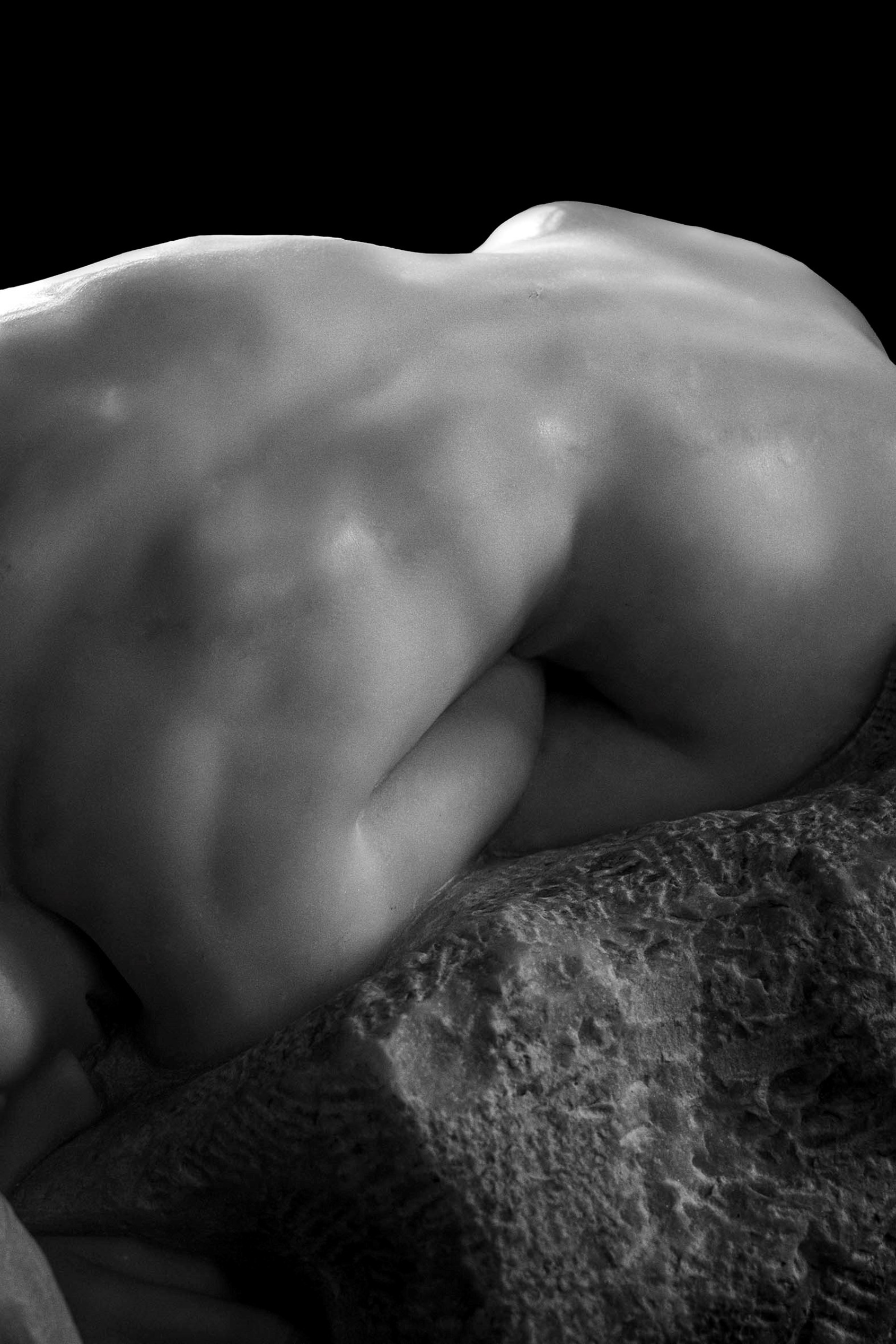
‘Rodin x Morita’ © Yasumichi Morita
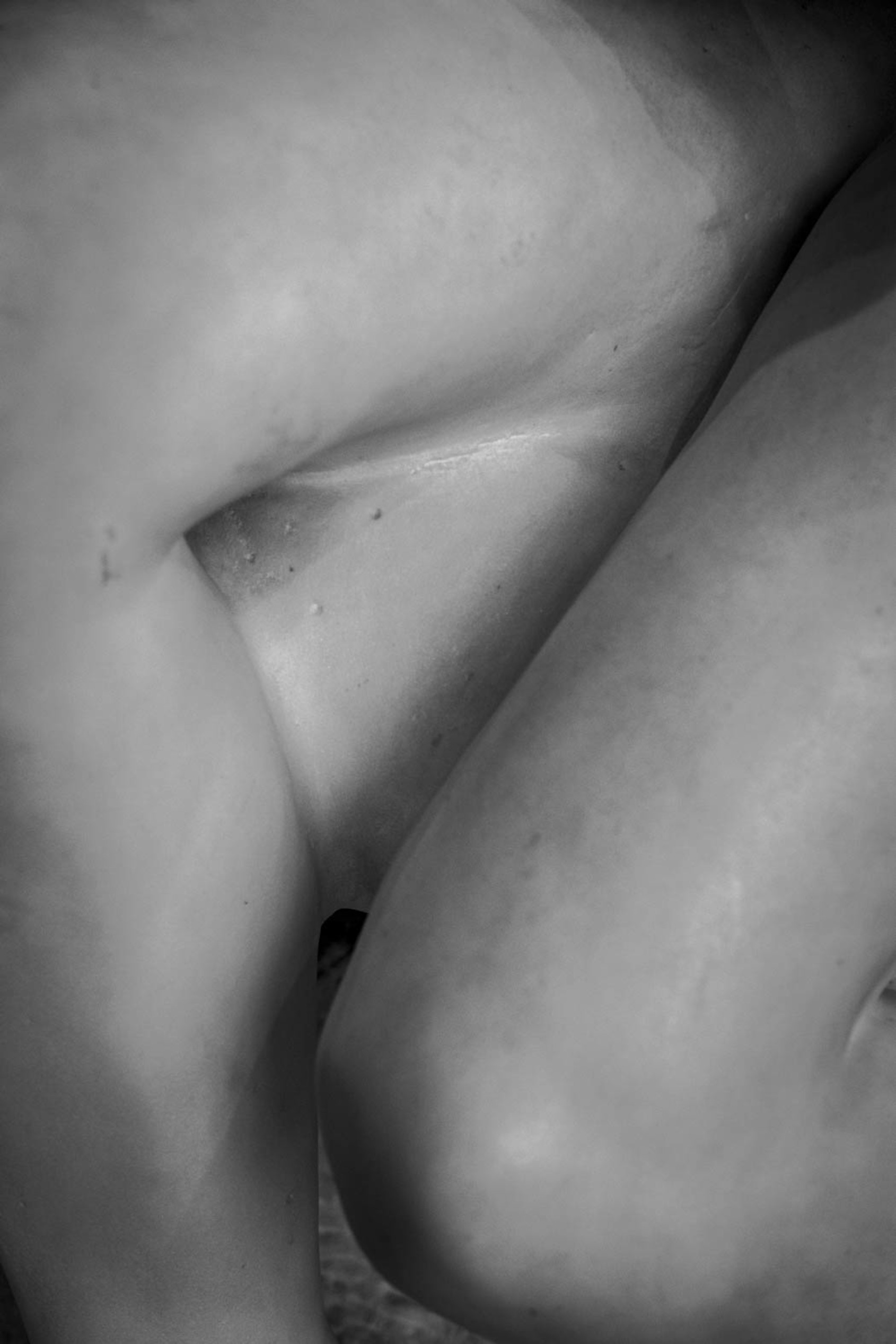
‘Rodin x Morita’ © Yasumichi Morita
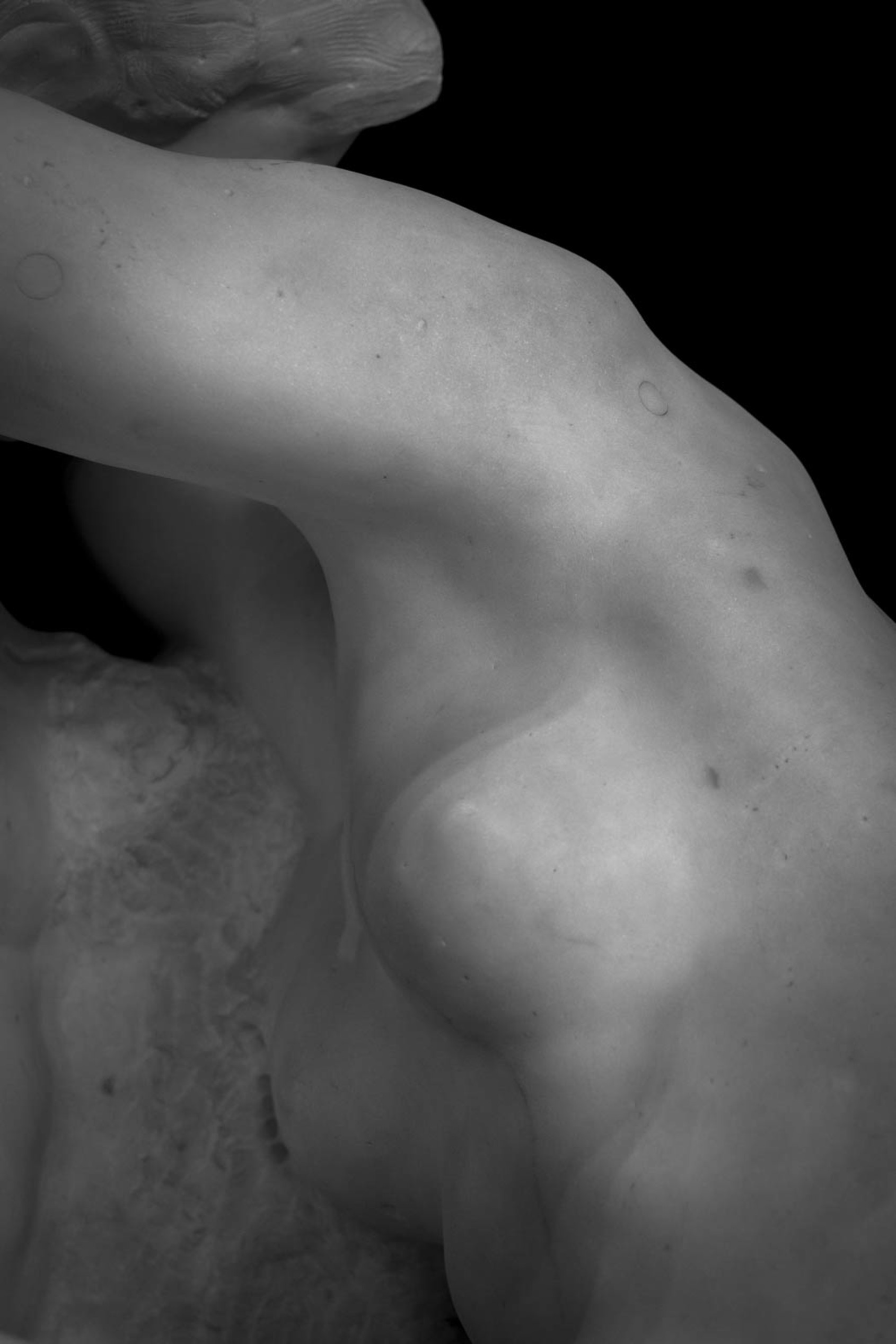
‘Rodin x Morita’ © Yasumichi Morita
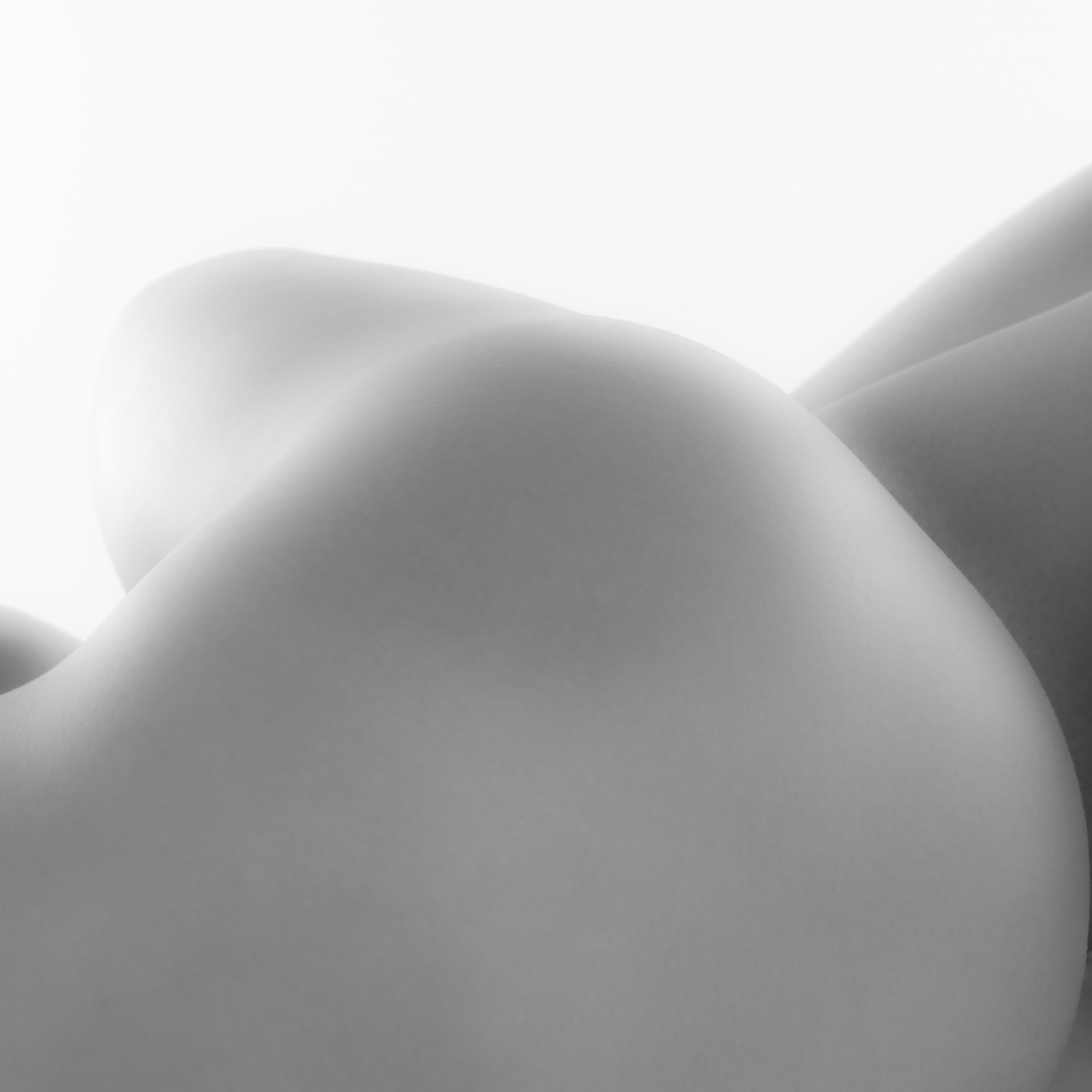
'Porcelain Nude' © Yasumichi Morita
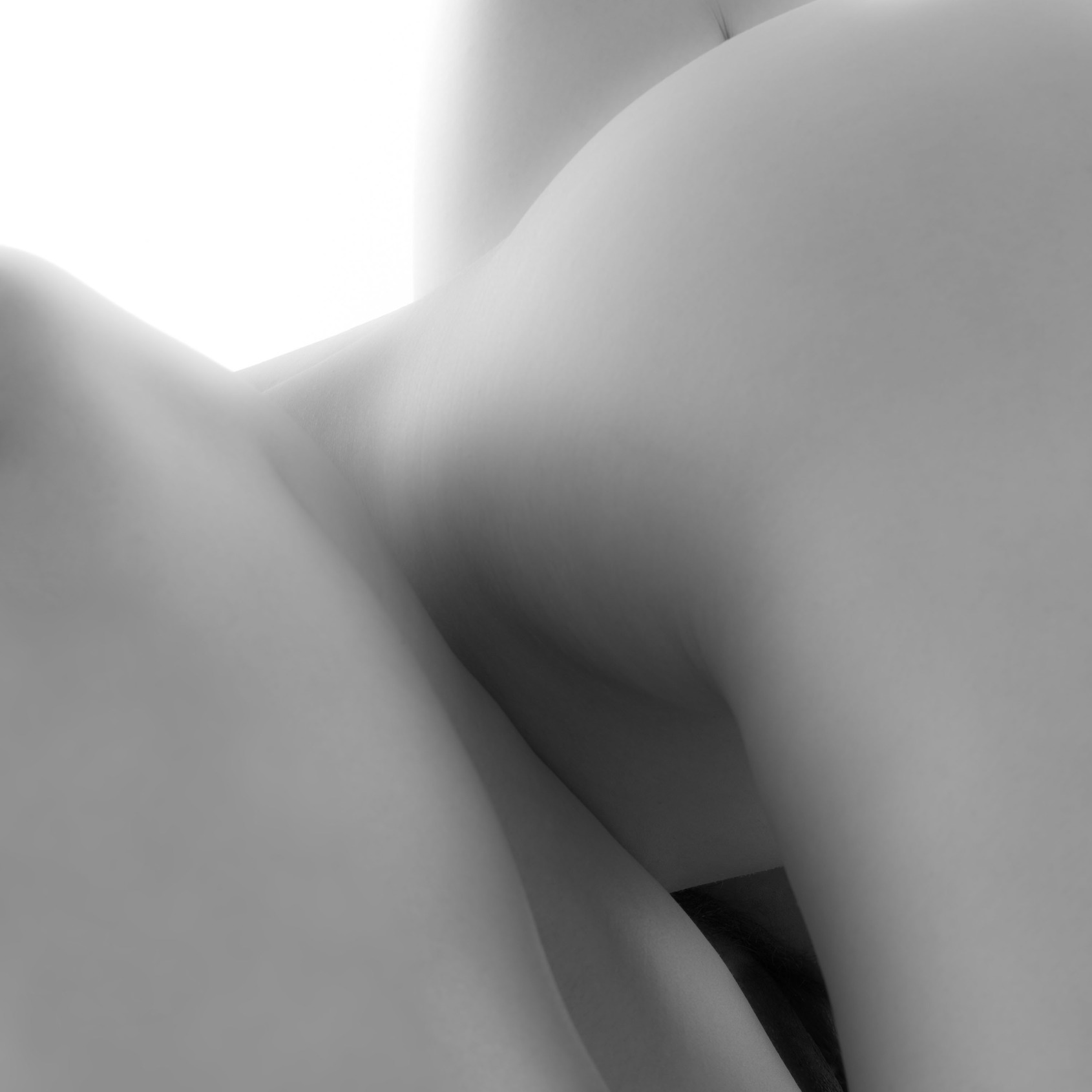
'Porcelain Nude' © Yasumichi Morita
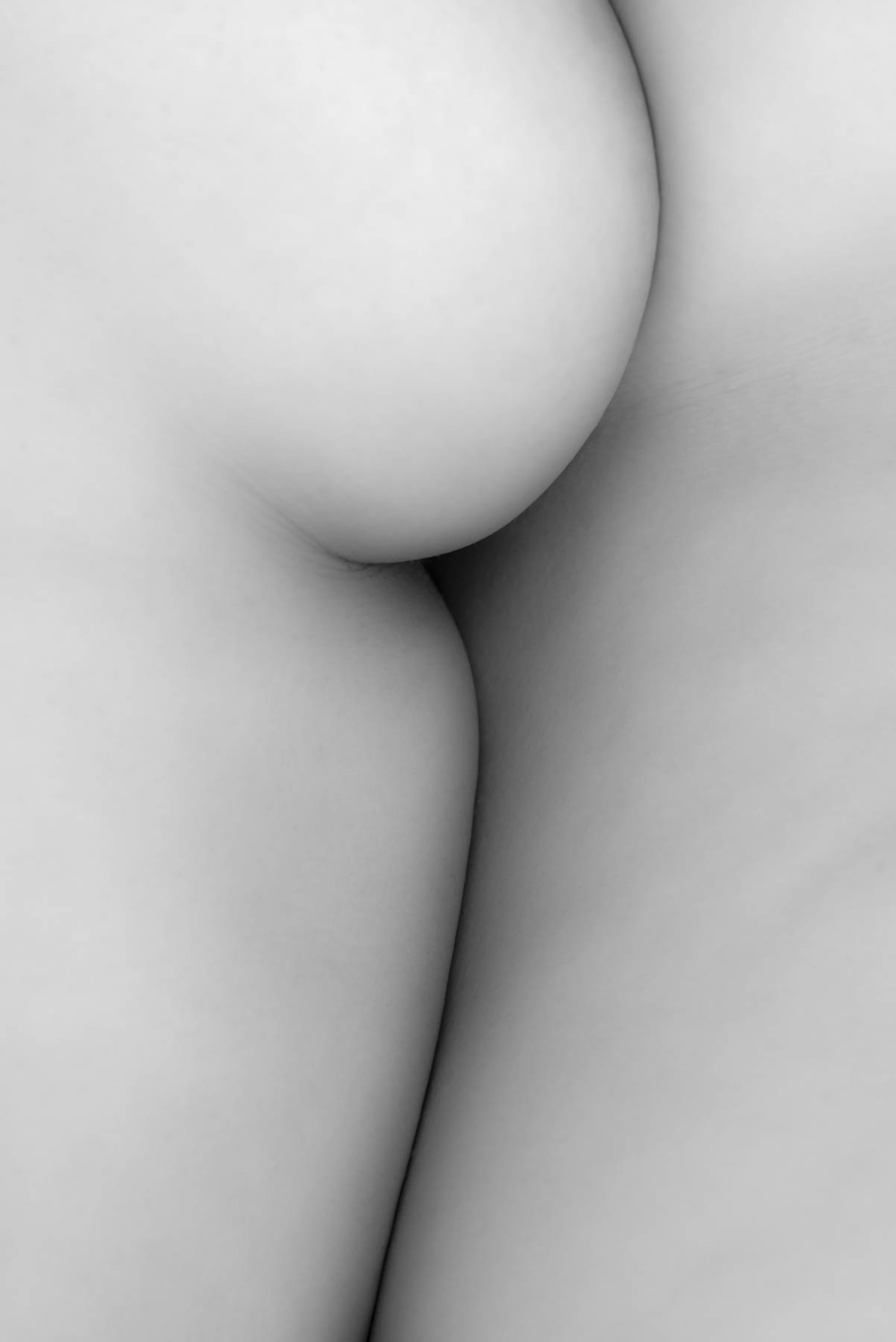
'Porcelain Nude' © Yasumichi Morita

'Éloge de l’ombre (In Praise of Shadows) | Ise Jingu' © Yasumichi Morita
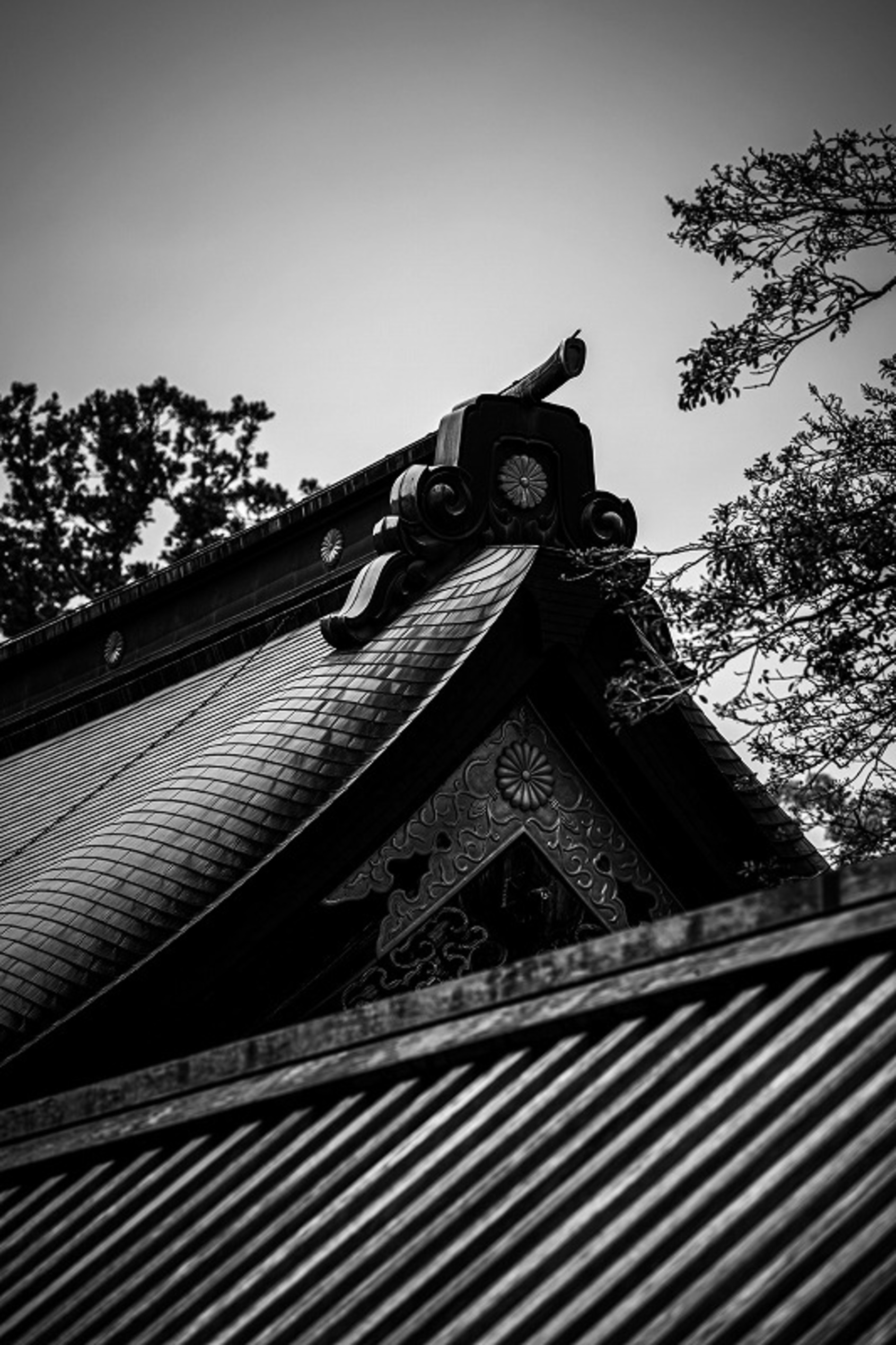
'Éloge de l’ombre (In Praise of Shadows) | Ise Jingu' © Yasumichi Morita
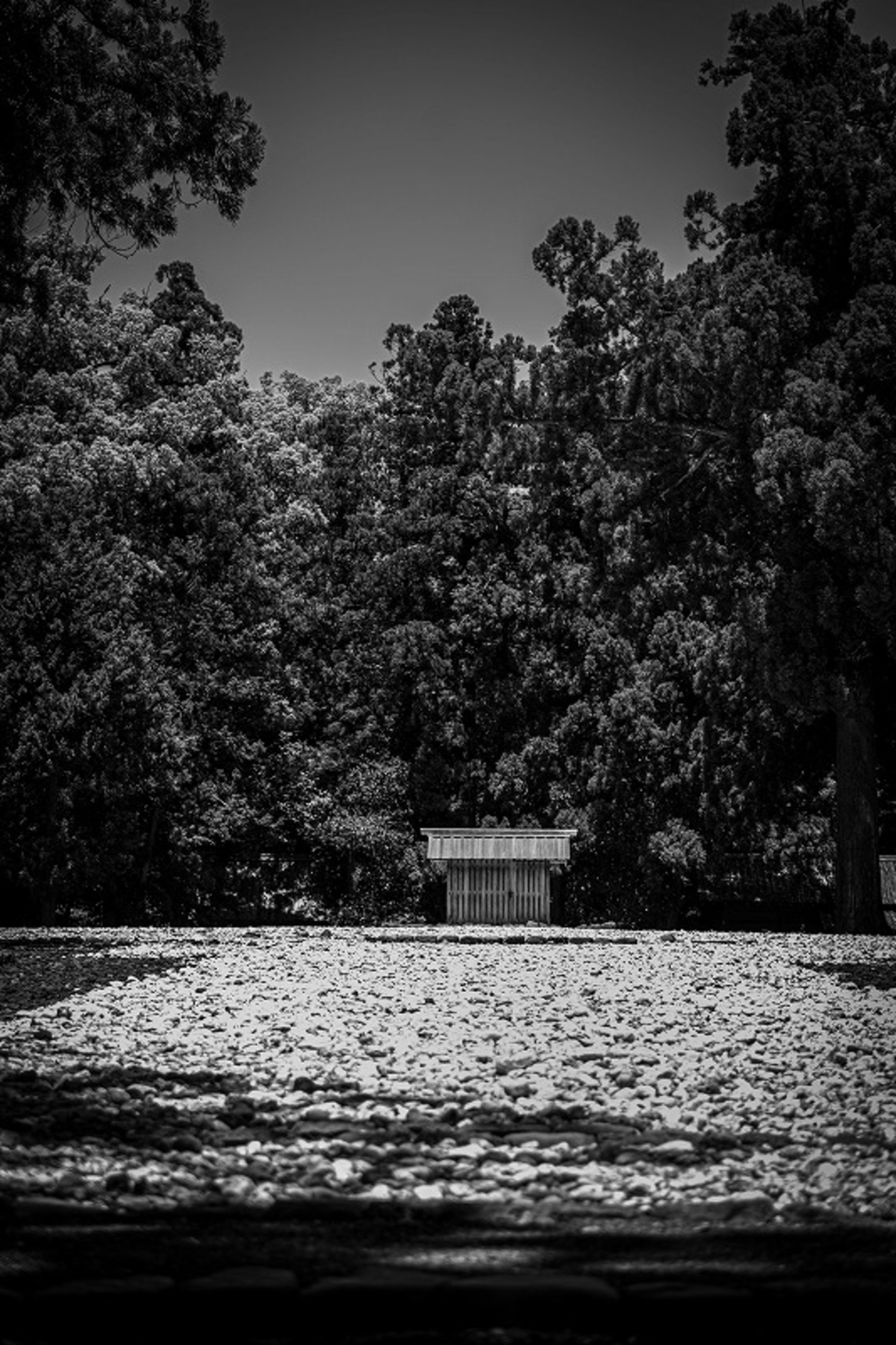
'Éloge de l’ombre (In Praise of Shadows) | Ise Jingu' © Yasumichi Morita
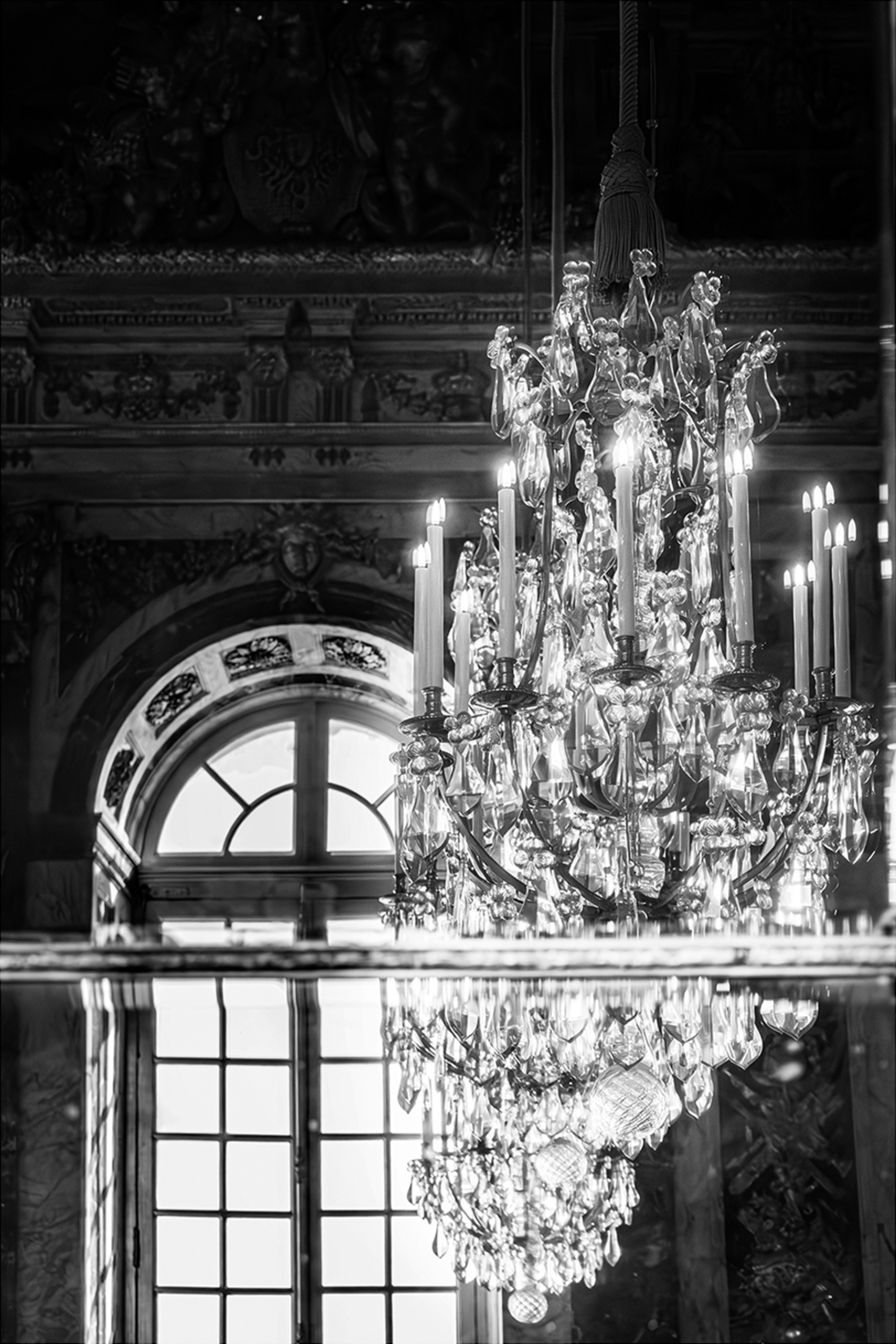
'In Praise of Shadows | Château de Versailles' © Yasumichi Morita/Château de Versailles
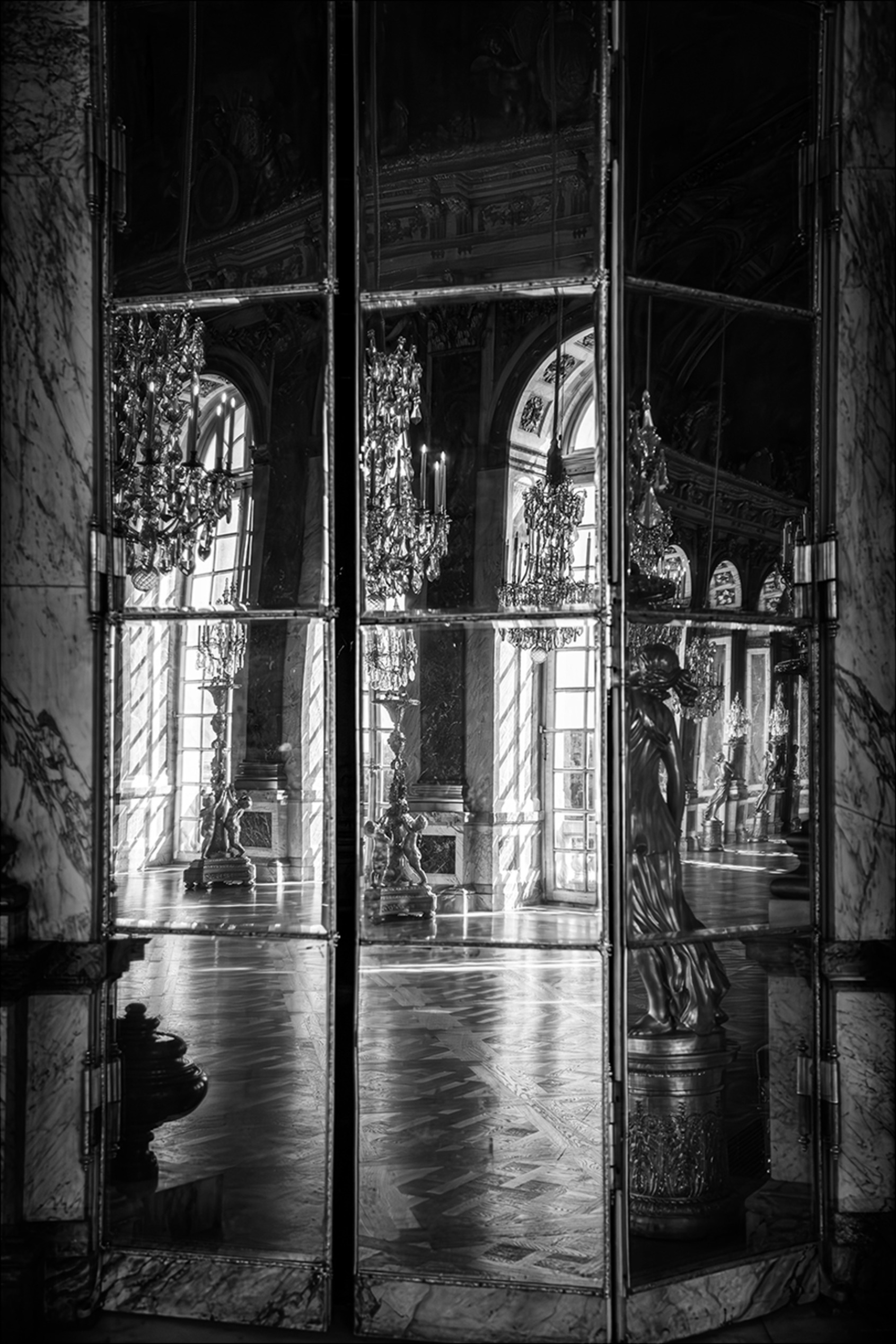
'In Praise of Shadows | Château de Versailles' © Yasumichi Morita/Château de Versailles

'In Praise of Shadows | Château de Versailles' © Yasumichi Morita/Château de Versailles